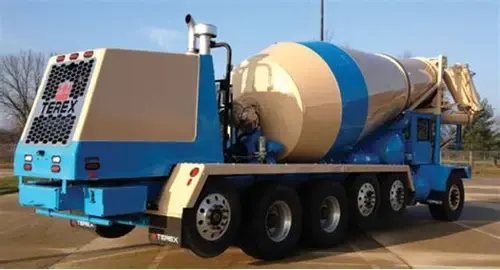How to Prevent Concrete Waste and Overruns
- Nate Jones, CPCU, ARM, CLCS, AU

- Sep 23, 2025
- 2 min read
Concrete waste and overruns are costly problems for ready mix companies. From inaccurate batching to poor site coordination, these issues can lead to lost revenue, environmental concerns, and unhappy clients. Fortunately, with the right strategies and insurance coverage, you can minimize waste and maximize efficiency.

1. Accurate Volume Calculations
One of the most common causes of concrete waste is overordering. Contractors often pad their estimates to avoid running short, but this leads to excess material that may go unused.
Best Practice:
Use precise volume calculations based on project dimensions and add a small buffer (typically 5–10%) for safety. Tools like concrete calculators and CAD software can help ensure accuracy.
2. Smart Scheduling and Coordination
Concrete begins curing as soon as it’s mixed, so timing is everything. Delays between batching and pouring can result in hardened material that must be discarded.
Best Practice:
Coordinate delivery schedules with job site readiness. Ensure formwork is complete, access routes are clear, and crews are prepared to receive the load. Use GPS tracking and dispatch alerts to monitor truck progress and avoid delays.
3. Site Preparation and Access
Poor site access can delay unloading and increase the risk of concrete setting prematurely. Trucks stuck in traffic or unable to maneuver on-site may result in rejected loads.
Best Practice:
Conduct pre-delivery inspections to confirm stable ground, wide access points, and clear staging areas. Use flaggers and signage to guide trucks efficiently.
4. Mix Accuracy and Quality Control
Inconsistent batching leads to rejected loads and wasted materials. Manual errors or outdated systems can cause incorrect water-cement ratios and poor mix quality.
Best Practice:
Invest in automated batching systems with real-time sensors to ensure mix consistency. Review mix specifications before dispatch and avoid on-site water additions, which can compromise strength.
5. Weather Planning
Extreme weather can ruin concrete pours. Rain dilutes the mix; heat accelerates curing and cold slows hydration.
Best Practice:
Monitor forecasts and adjust mix designs accordingly. Use retarders in hot weather, accelerators in cold, and protective covers to maintain quality during placement.
6. Insurance Coverage for Ready Mix Companies
Even with best practices, mistakes and accidents happen. That’s why having the right insurance is essential.
Wexford Insurance offers tailored coverage for ready mix businesses, including:
Auto Liability Insurance – Required for all commercial vehicles.
Physical Damage Coverage – Protects trucks from accidents and vandalism.
General Liability Insurance – Covers job site incidents and property damage.
Pollution Liability Insurance – Covers cleanup costs from concrete spills.
Workers’ Compensation – Required in most states for employee injuries.
Whether you're a new venture or managing a fleet, Wexford Insurance helps you stay compliant and protected.
Final Thoughts
Preventing concrete waste and overruns is about precision, planning, and protection. By implementing smart delivery practices and partnering with Wexford Insurance, ready mix companies can reduce costs, improve efficiency, and deliver quality results every time.
Contact Wexford Insurance to explore coverage options tailored to your operations.




